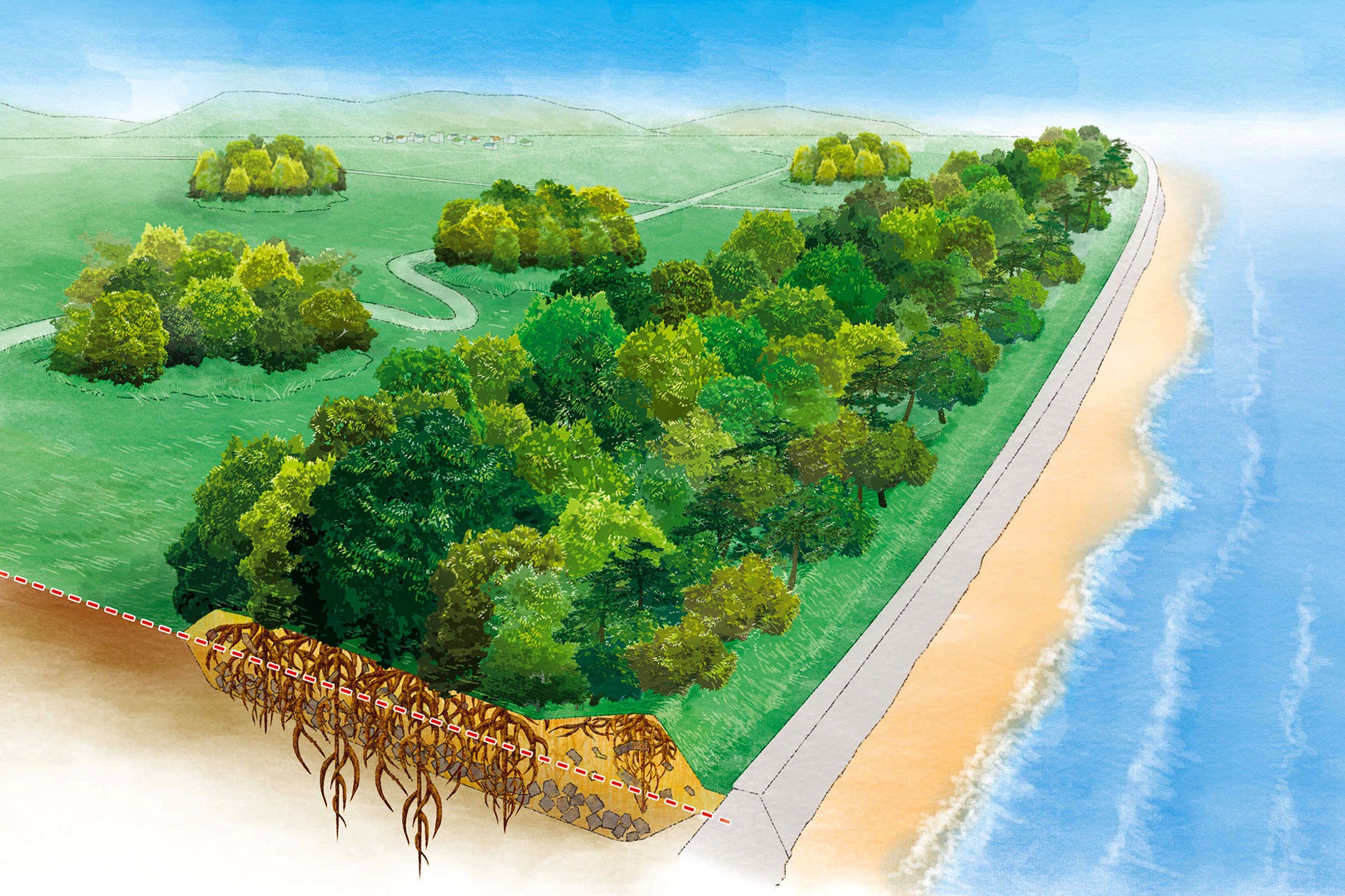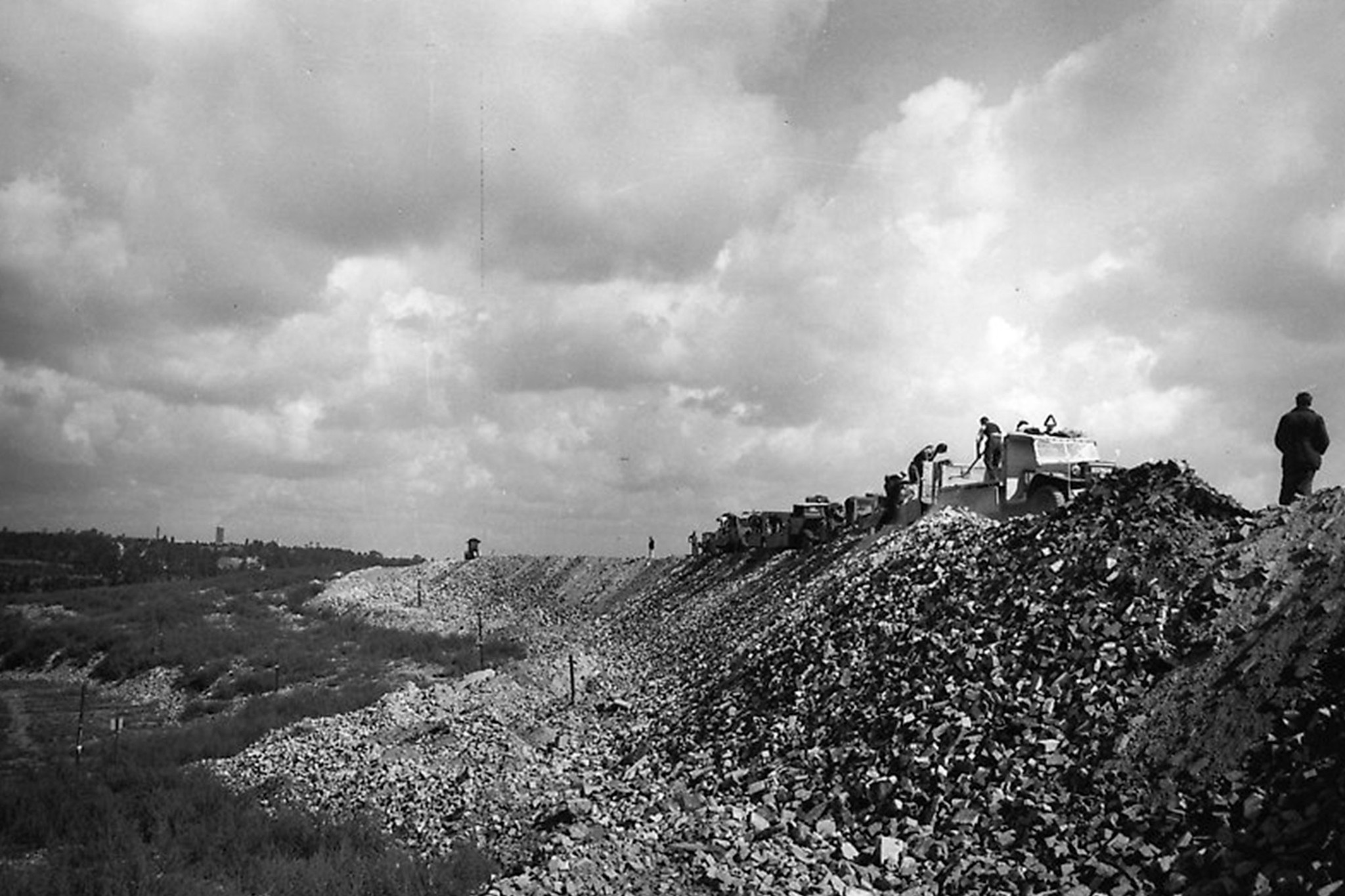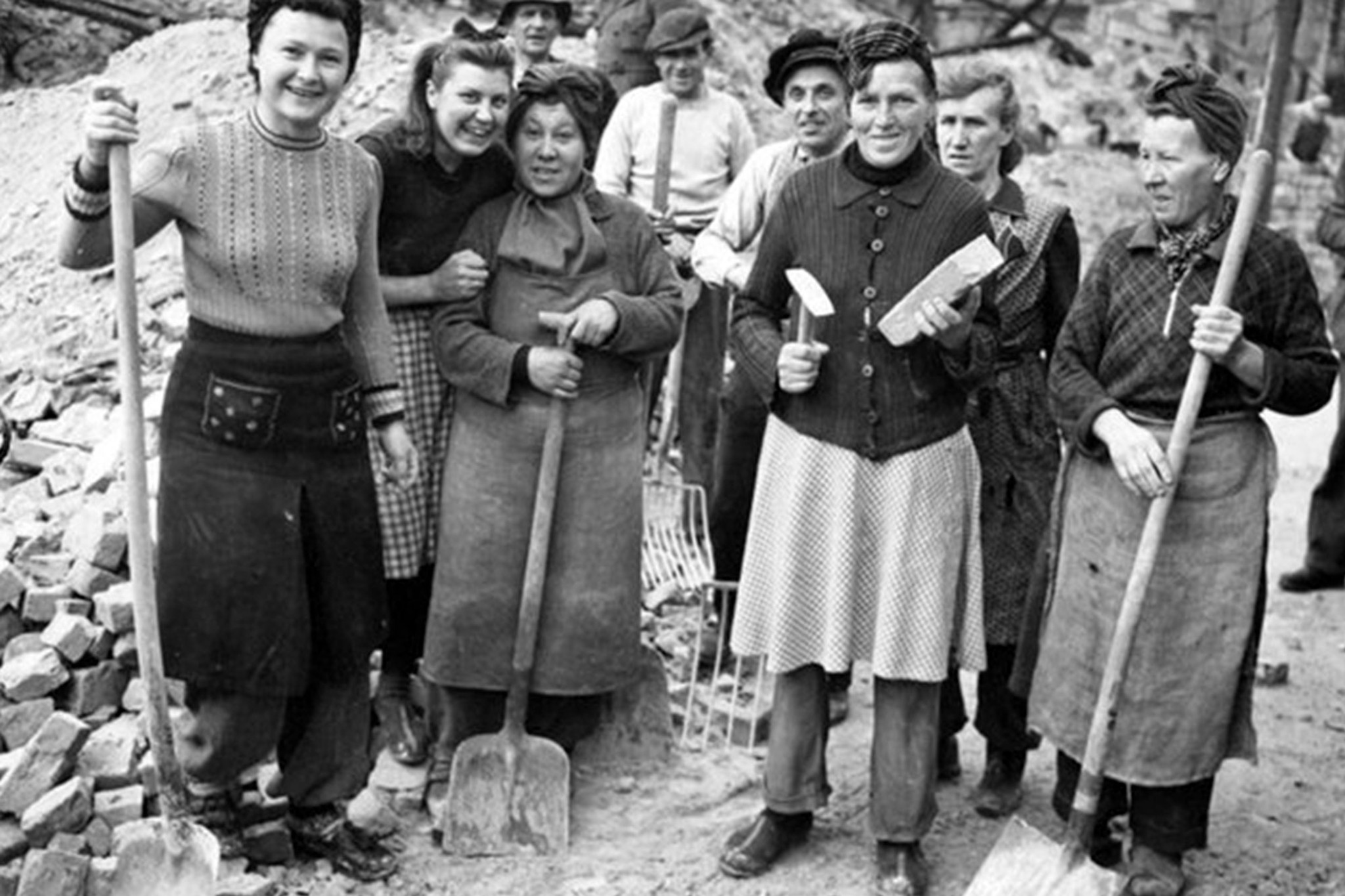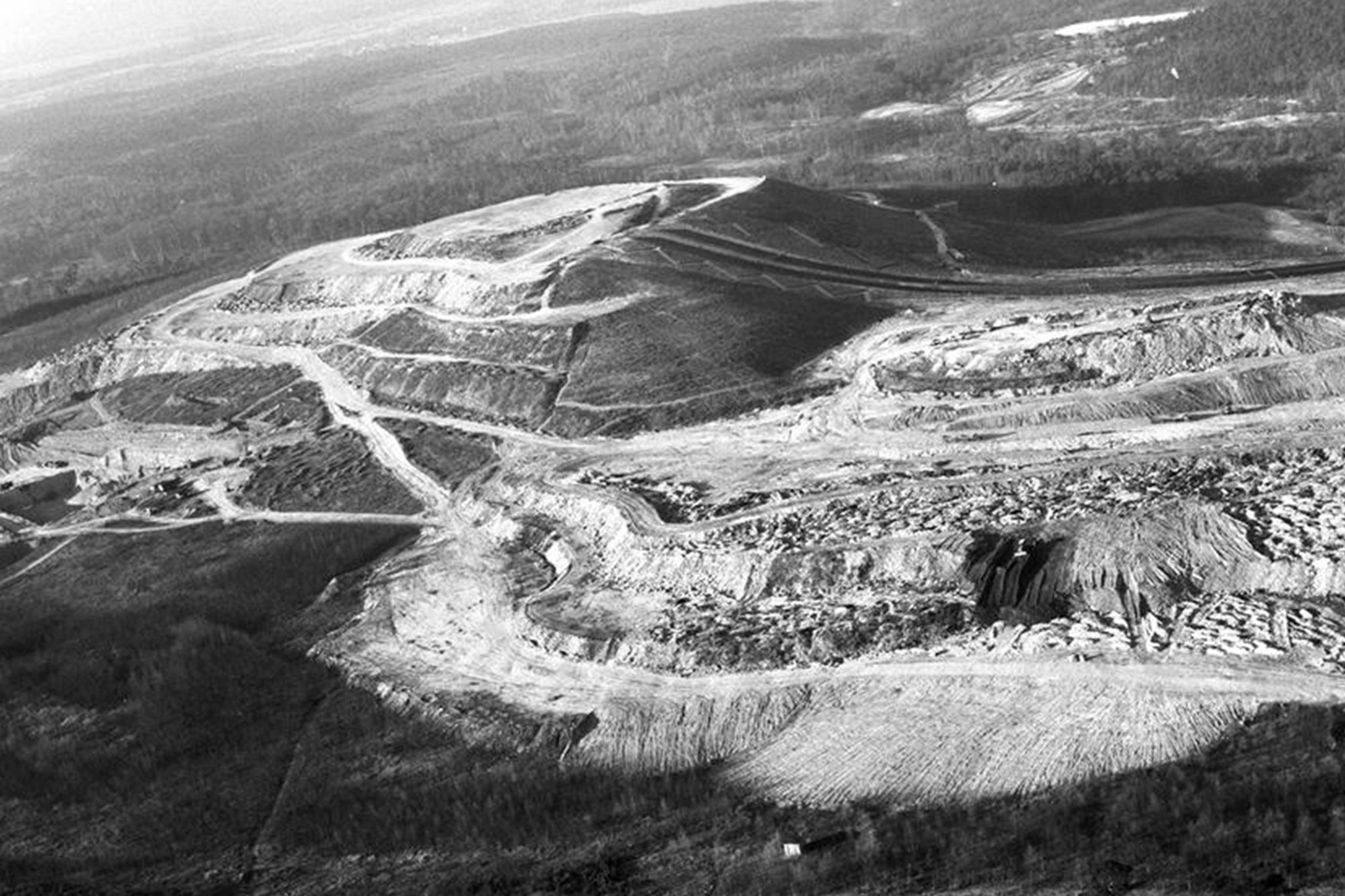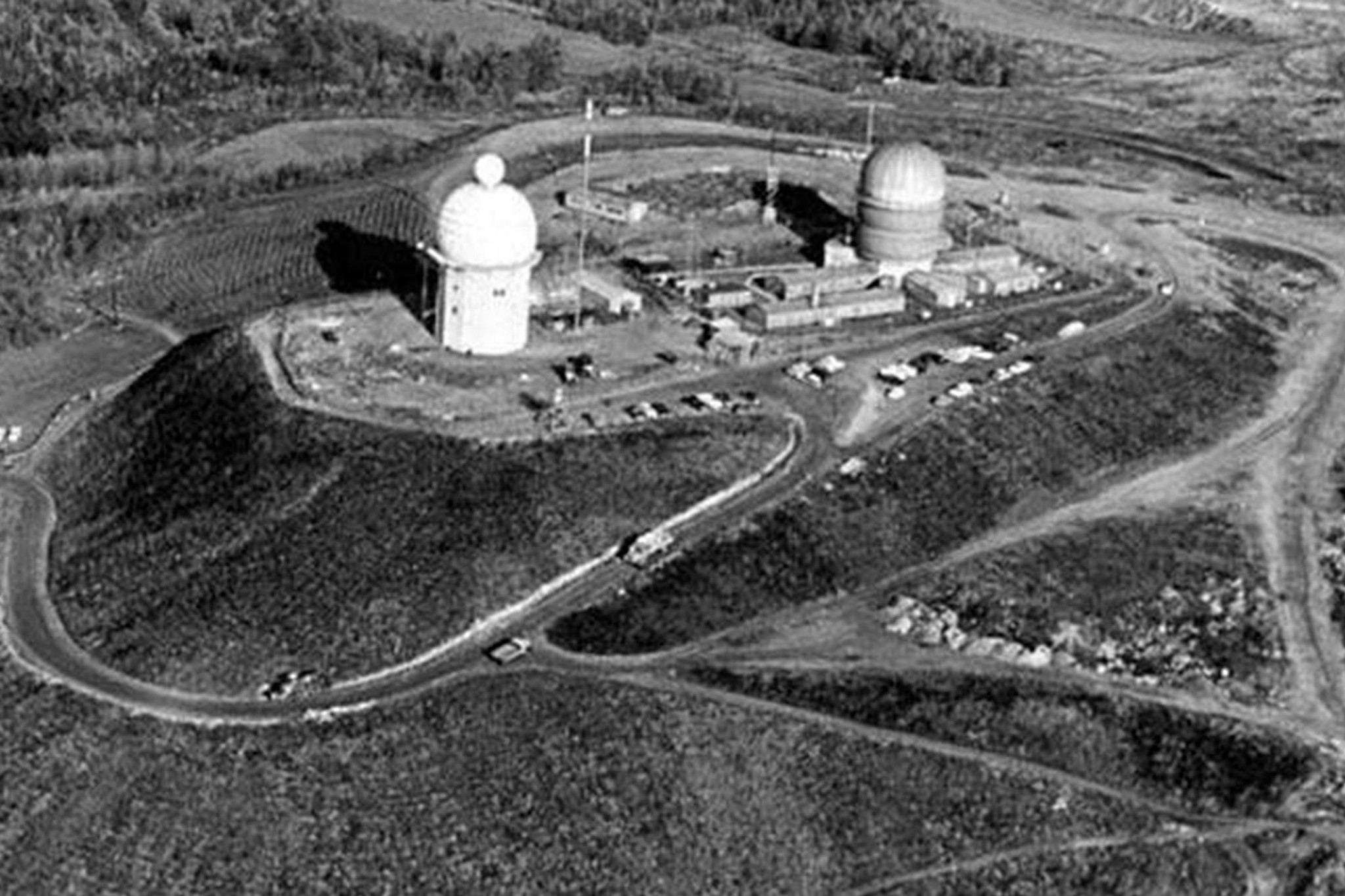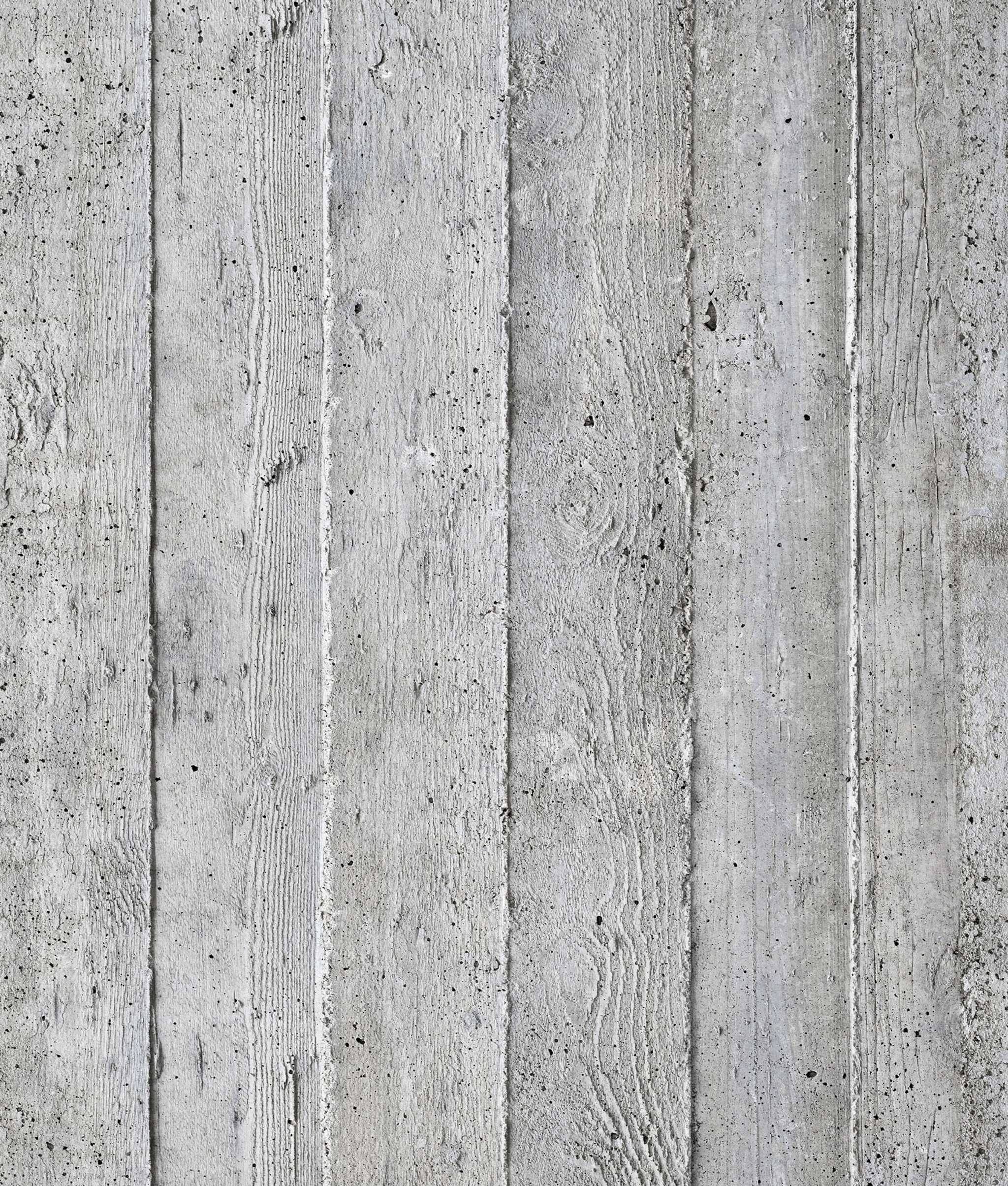Case Study: Teufelsberg | Berlin, Germany

Teufelsberg, or Devil’s Mountain, stands as a prominent artificial hill in Berlin (former West Berlin), Germany.
The human-made mound was constructed out of the debris and rubble from World War II, and was once used as an NSA surveillance tower from 1963 to 1991.
Raised over roughly 20 years, starting in the 1950s and continuing into the 1970s, in an attempt to beautify the mound, vegetation was planted over a layer of sand and topsoil. Since 1952 more than 180,000 trees have been planted.
Teufelsberg is now protected as a recreational forest, used by locals for nature trails.
It’s also widely known as a cultural hotspot for street art. The trees that were planted have matured and spread, featuring similar species to the surrounding Grunewald Forest, including maple, beech, and oak. Ecologists are attracted to the area for its unusual soil type and the rare plants it boasts.
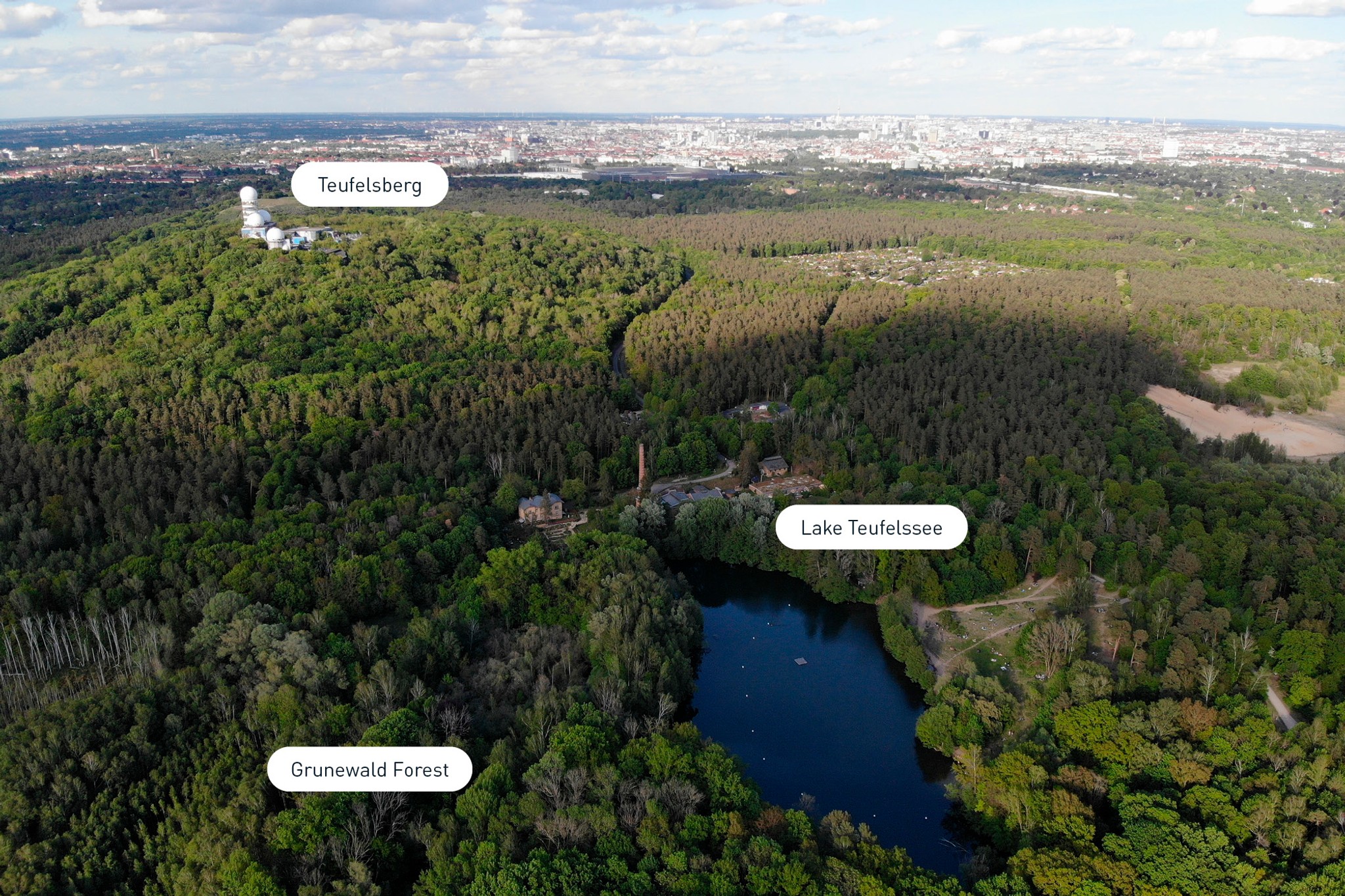
Prof. Dr. Akira Miyawaki was the pioneer behind the revolutionary Miyawaki Method of building rapid-growth native forests.
After the devastating 2011 earthquake and following the tsunami in Japan, Miyawaki wanted to rethink the country’s approach to disaster prevention by using native forests.
Taking inspiration from Teufelsberg, he gathered the non-toxic debris from disaster-stricken areas in Japan and built protective mounds along the coastal areas of Tōhoku. The raised barriers were planted with deep-rooting tree species like Japanese varieties of machilus, evergreen oak, and blue oak.
